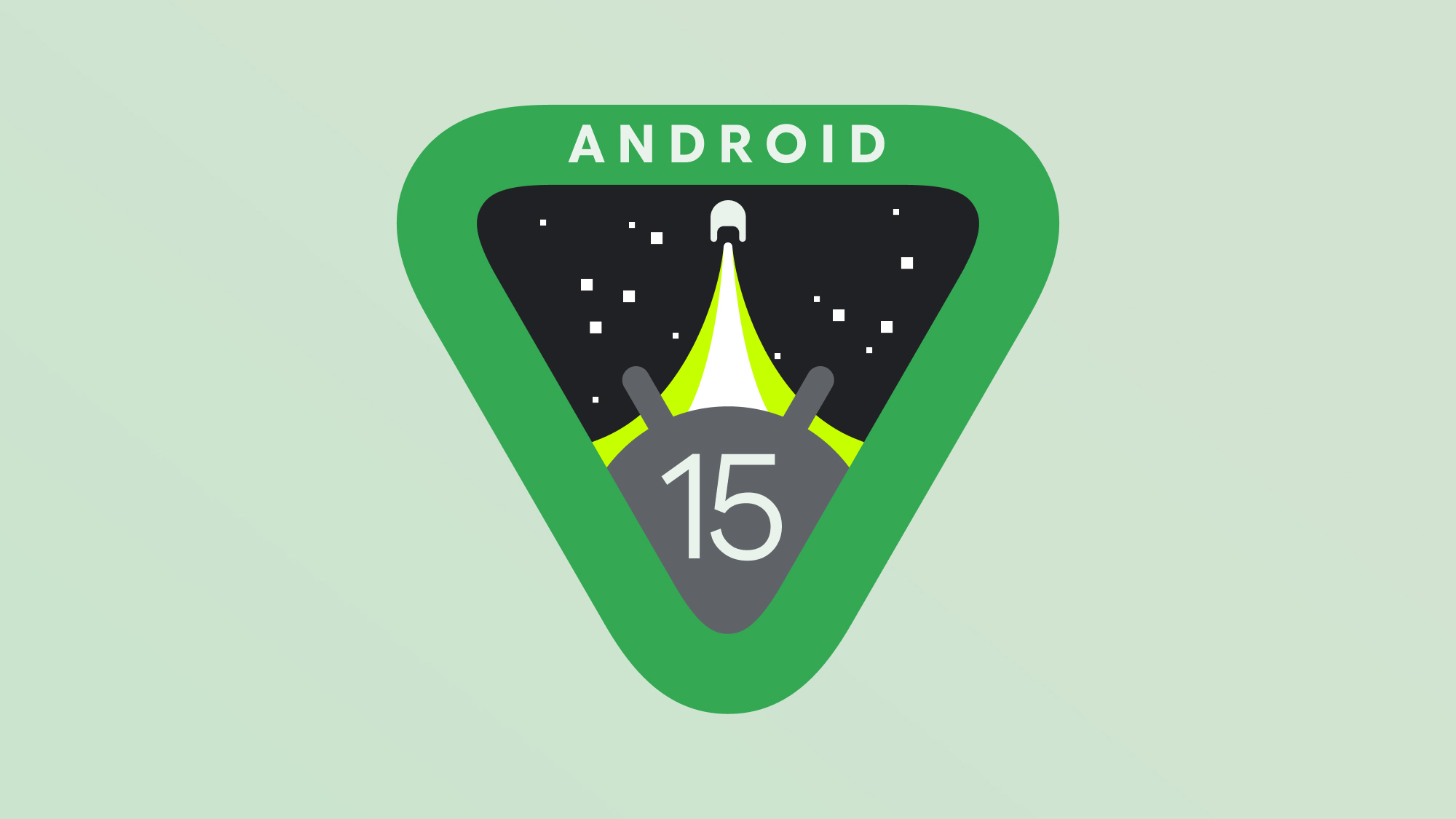
Updated October 17
• Android 15 is actually missing a security feature Google previously announced at I/O
• Android 15 has started rolling out to Pixel phones, bringing a bunch of new features and upgrades out of beta.
• Google announced that Android 15 is launching, with the update set to hit Pixel phones in the coming weeks.
• Android 15's desktop mode looks like it can be used on tablets.
After a thorough beta process — and a minor delay — Android 15 is finally here and rolling out to Pixel phones. And if you haven't been paying attention to the different beta releases, it's time to familiarize yourself with the changes coming to your Android phone.
During that beta period for Android 15, we’ve seen features that let users cooldown notifications, changes that could see in-app web pages load faster, a change that offers partial screen sharing. the return of lock-screen widgets on Pixel Tablet, better visual accessibility and forcing apps to fill the screen edge-to-edge.
Of course that’s no doubt just scratching the surface of what Android 15 could offer. Here’s everything you need to know about the newly arrived update.
Android 15 Possible Release Date
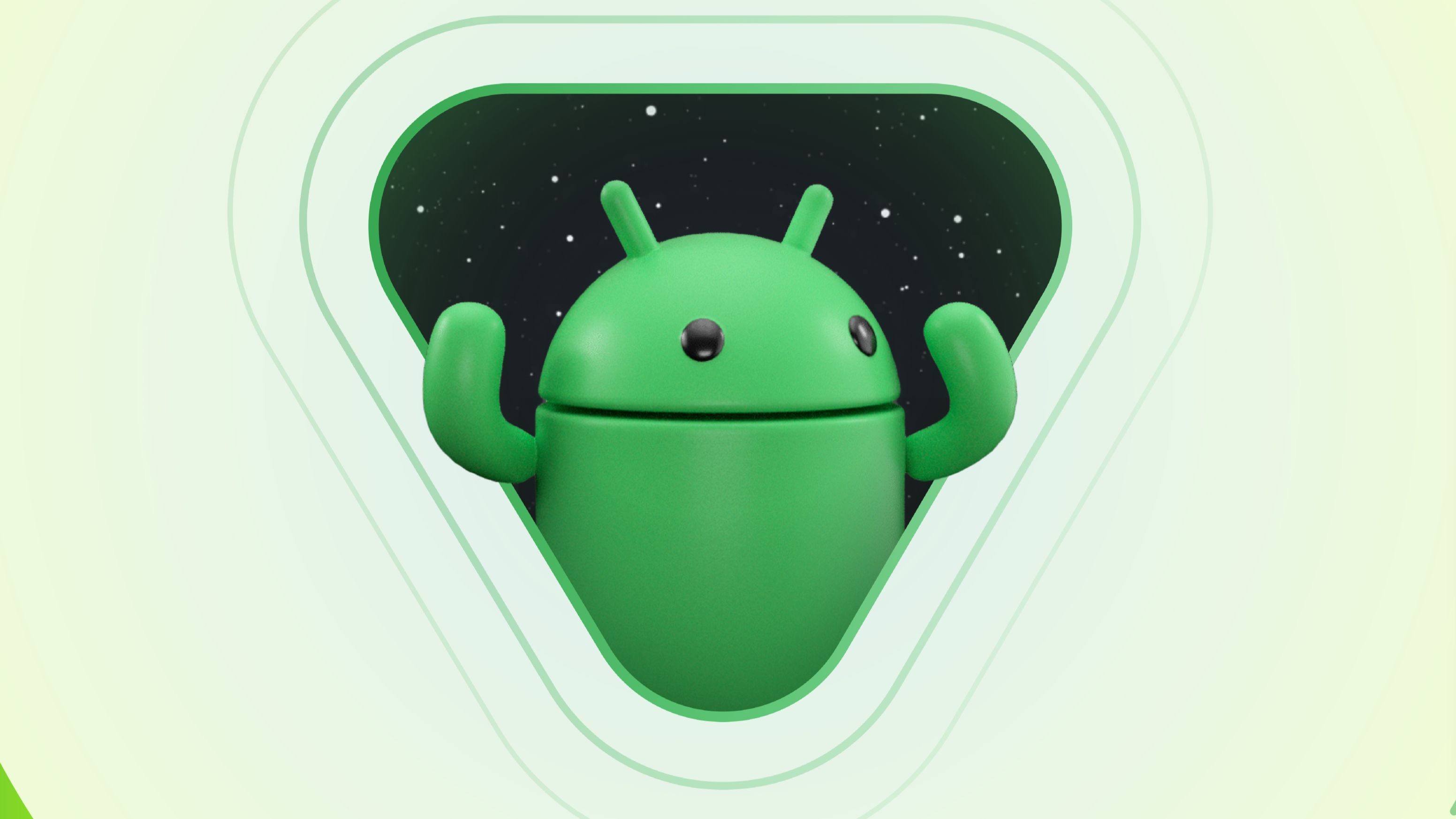
The good news: Android 15 is out! The less-good-news: It's only rolling out to Pixel phones at the moment. Google announced that Android 15 was ready on September 3. This means that it has been released to the Open Source Project and marked the first step of a wider rollout. It officially started rolling out to Pixel phones on October 15.
That includes the new Pixel 9 and Pixel 9 Pro phones, which launched in August this year instead of later in the fall as they have in the past. Not coincidentally, those phones shipped with Android 14 pre-installed, so owners of new Pixels will be getting an upgrade, too.
After Pixels update their software, more Android devices will be next on the list. According to Google, Samsung, Honor, iQOO, Motorola, Nothing, OnePlus, Oppo, realme, Sharp, Sony, Tecno, Vivo and Xiaomi are set to get access to Android 15 in the next few months.
Android 15 Supported Devices
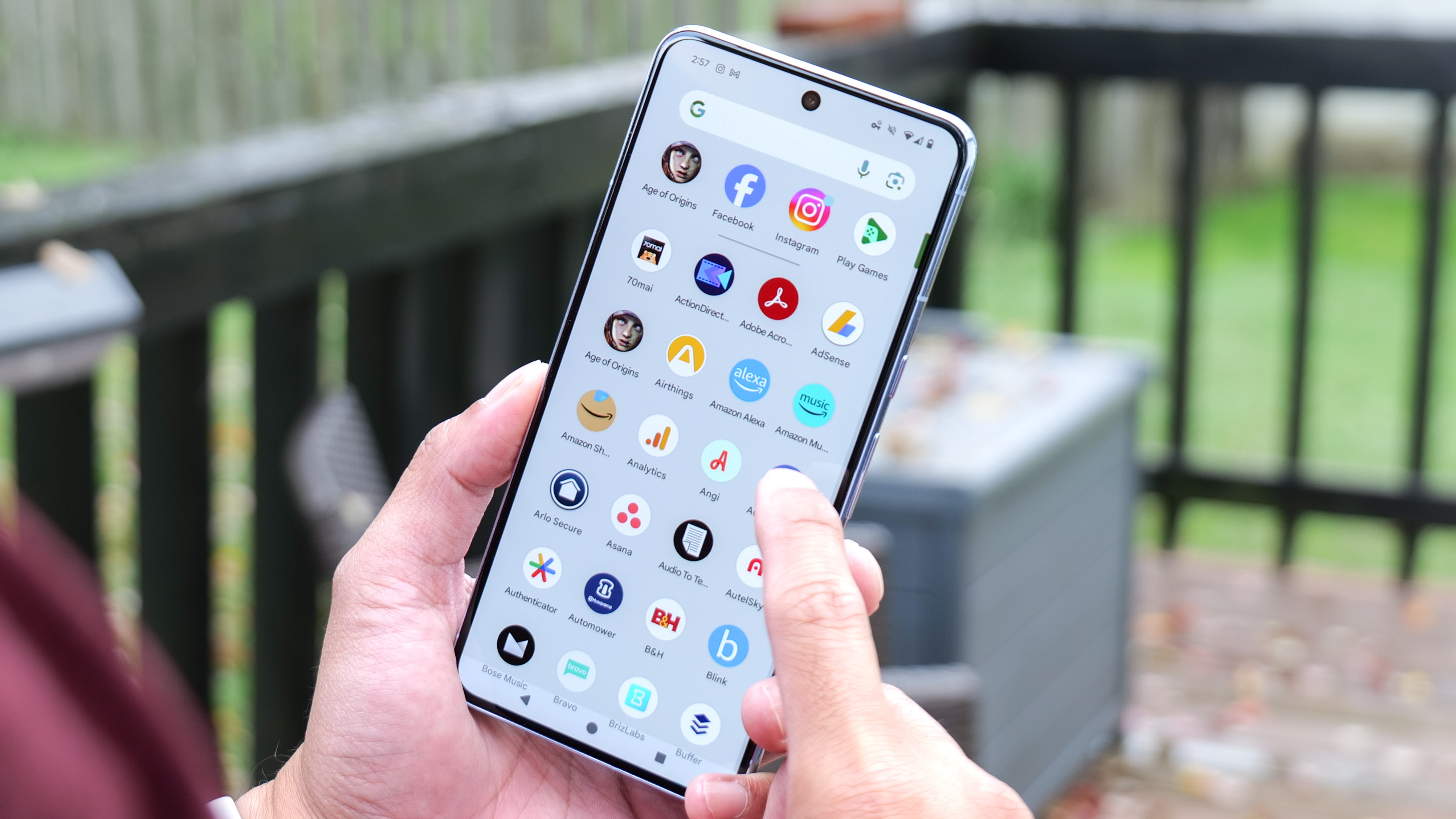
Those initial Android 15 developer previews and public betas has confirmed which Pixel devices are set to get an Android 15 upgrade later this year. The oldest devices in line for the upgrade are the Google Pixel 6 and Google Pixel 6 Pro. Just don’t expect many additional updates, as this is the last scheduled one for those two models.
Naturally this means the Google Pixel 6a, Pixel 7 series and Google Pixel 8 series will be getting an Android 15 upgrade as well.
The Google Pixel 5a lost access to new Android updates at some point in August and definitely won’t be getting Android 15. So if you still have a Pixel 5a, it may be worth upgrading to the Pixel 8a now that the midrange phone has been out for a few months with the promise of seven years of software and security support..
As for other Android phones, that’s entirely dependent on what sort of software support your phone’s manufacturer has pledged. The oldest Samsung flagship scheduled to get Android 15 is the Galaxy S21, as will mid-range phones up to the Galaxy A33 and foldables up to the Galaxy Z Fold 3 and Z Flip 3.
Android 15 features
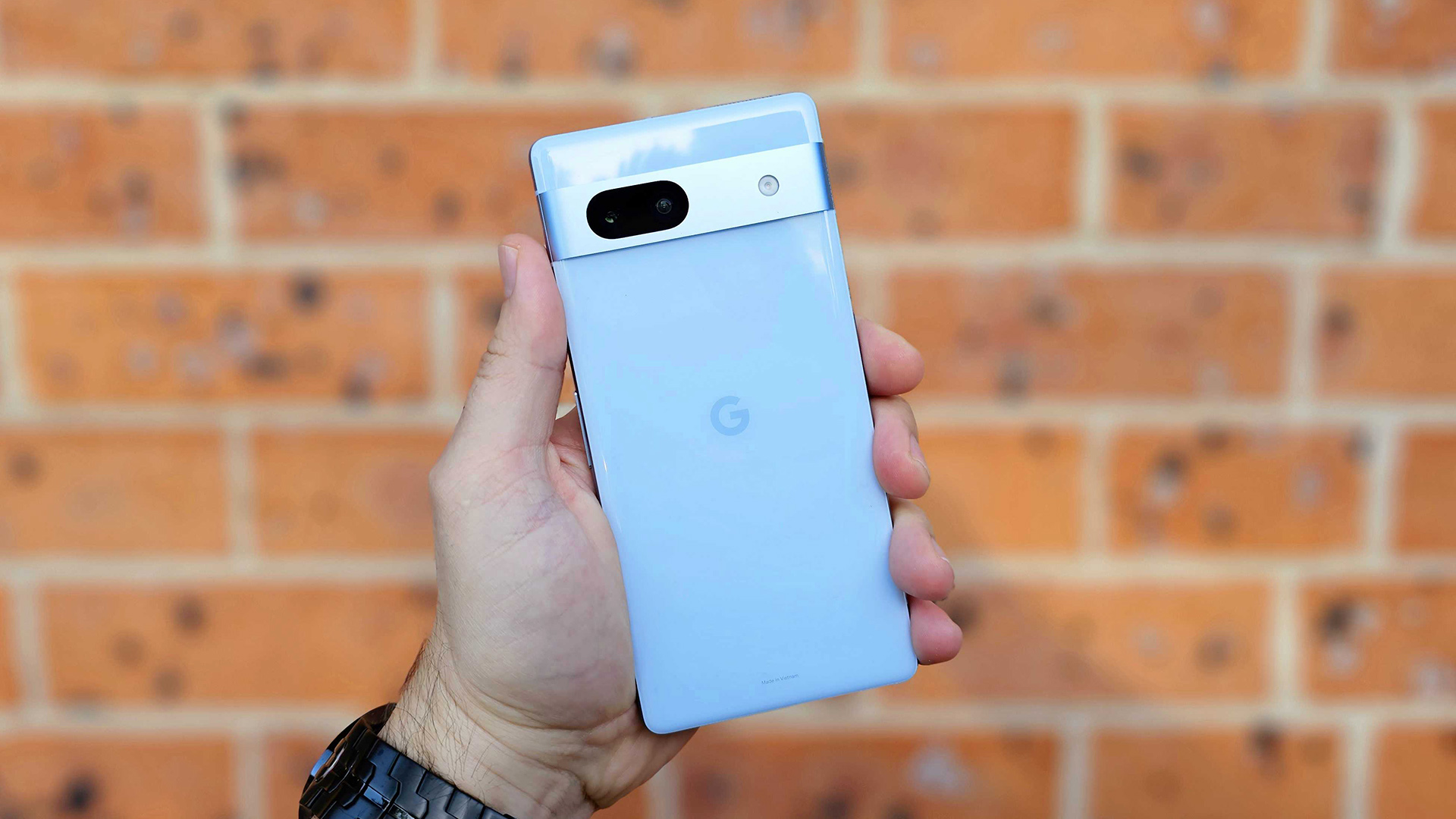
With Android 15 now rolling out, we've got a clear picture of what the update offers. Here's a look at what we've seen so far from Google's assorted updates.
One of the main new features Google announced alongside the first developer preview is partial screen sharing, which allows Android users to share windows from a single app, rather than sharing their whole screen — much like some of the best video chat apps already do on desktops.
The Android 15 QPR 1 beta included the return of lock-screen widgets, following an appearance in the Android 14 QPR3 beta. While they may be limited to devices that support Android hub mode, like the Pixel Tablet, it’s something we've been waiting for. Lock screen widgets vanished with the arrival of Android 5, and have since appeared on iOS, so they’re due a comeback on smartphones.
Android 15 also features a big accessibility change that's useful for anyone with visual impairments. This involves an “easy pre-set” feature that utilizes larger text and icons, additional contrast and bold effects, plus three on-screen buttons for navigation. While unfinished from what we can tell, it looks pretty similar to iOS’s Assistive Access — which simplifies the phone interface and uses more visual cues rather than harder-to-read text.
At Google I/O 2024 in May, Google did show off an update to the Talkback accessibility feature, which describes what's happening in images on a phone screen for people with impaired vision. Sometimes, there aren't descriptions for those images, so Talkback is going to tap into AI to fill in the missing data.
Another feature in the developer preview could see in-app web pages load slightly faster. That’s thanks to Google pinning the WebView protocol that powers those pages to your phone’s memory, and ensuring it doesn’t have to boot up from scratch each time you use it.
If excessive notifications tend to get on your nerves, then Android 15 may offer something you’ll be happy about. A “notification cooldown” has been spotted in the developer preview, which gradually lowers the volume of successive notifications apps are throwing at you. That means you don’t need to choose between putting your phone on silent, and being irritated by every last message sent to your group chats.
Android 15 could force app developers to offer edge-to-edge display coverage, a feature that was optional previously. The idea is that apps use up all available screen space, including the areas normally taken up by status bars — which already have the ability to vanish where necessary.
The preview also featured a new keyboard vibration toggle, letting you disable haptics in the keyboard app, as well as some haptic feedback when you lower the display brightness. Plus like Android 14 QPR betas, it looks like it’ll be possible to switch between Bluetooth devices from the Quick Settings menu — rather than the full Bluetooth menu.
Finally Pixel Fold and Pixel 9 Pro Fold owners may be able to use the “continue using apps on Fold” feature that lets you continue using apps on the cover display whenever you shut the foldable display.
Android 15 also will includes a feature that allows users to find turned-off devices. As of this moment, it seems that the only limitation on compatible devices is that there needs to be some reserve power in the battery.
The Android 15 beta also promised better cellular network security, featuring warnings about unencrypted networks and the option to avoid them all together. However it turned out that these features were removed from the beta and are missing from the final version of Android 15. Presumably down to a lack of necessary hardware, even on Google's latest phones.
There's also set to be support for external Braille displays, the choice of a new default wallet and measures to avoid malicious apps pushing other apps to the foreground.
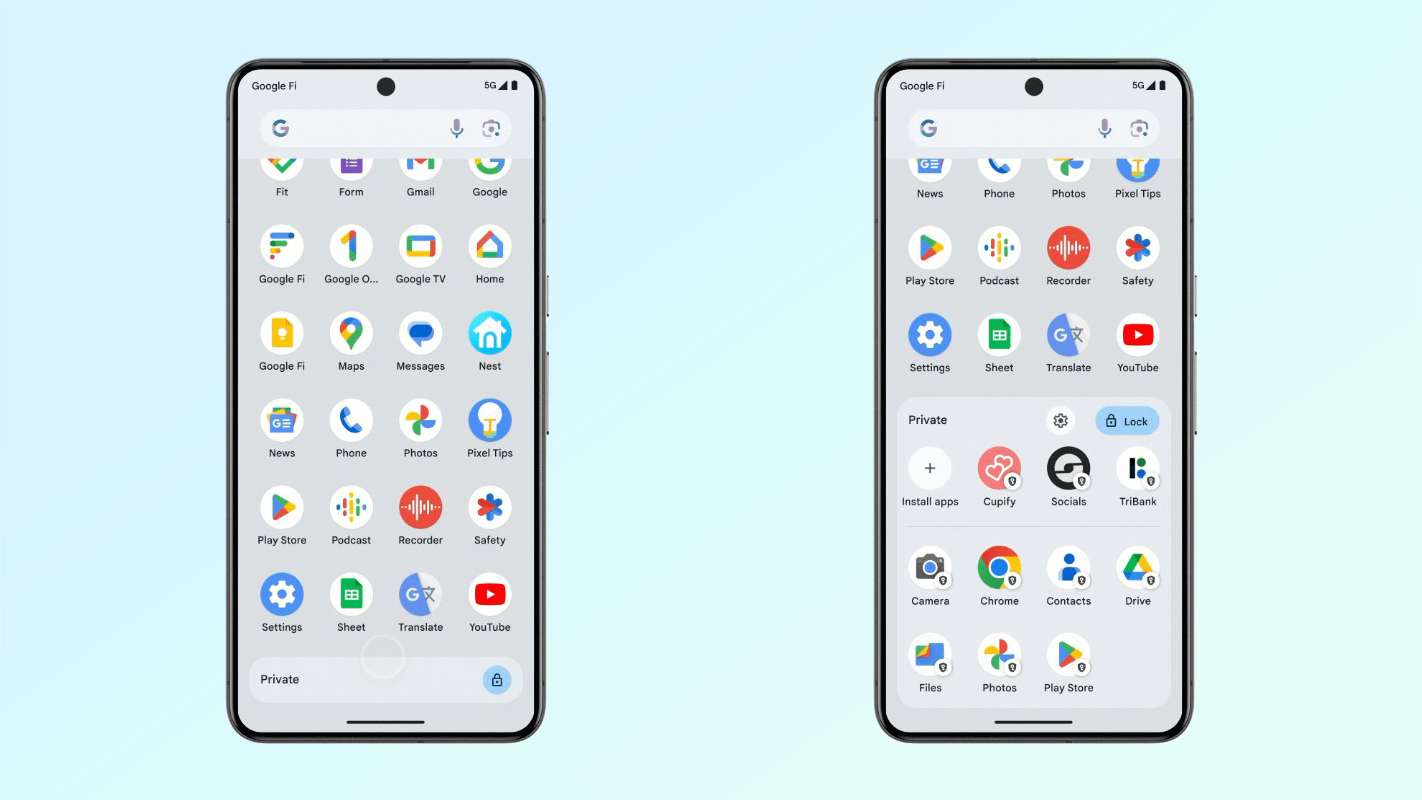
The second beta of Android 15 clarified a few new features like Private Space, which is a vault for stashing sensitive apps, similar to how you can hide away files and photos you don't want others to see. You'll also be able to add passes to Google Wallet using photos, and Maps will add AR content that's aimed at teaching you about different places. (Singapore and Paris will be the first cities to add these AR experiences.)
On the security front, a theft detection lock uses AI to determine when your phone's been snatched and lock things down to keep vital information out of the sight of thieves. Google Play Protect will also leverage AI for real-time detection of fraud or phishing attempts by apps you've installed.
Circle to Search has picked up new capabilities beyond just tapping objects to trigger a search. The updated feature will be able to understand symbolic formulas, diagrams and graphs. There's also the ability to use audio to search for the title of a song.
Other Android 15 changes include upgrades to typography, changes that let phone makers improve the camera experience on their devices. You can also find earthquake detection (at least for users) in the U.S., AI enhancements for Android's screen reader TalkBack and the ability to have Chrome read web pages for you.
Android 15 outlook
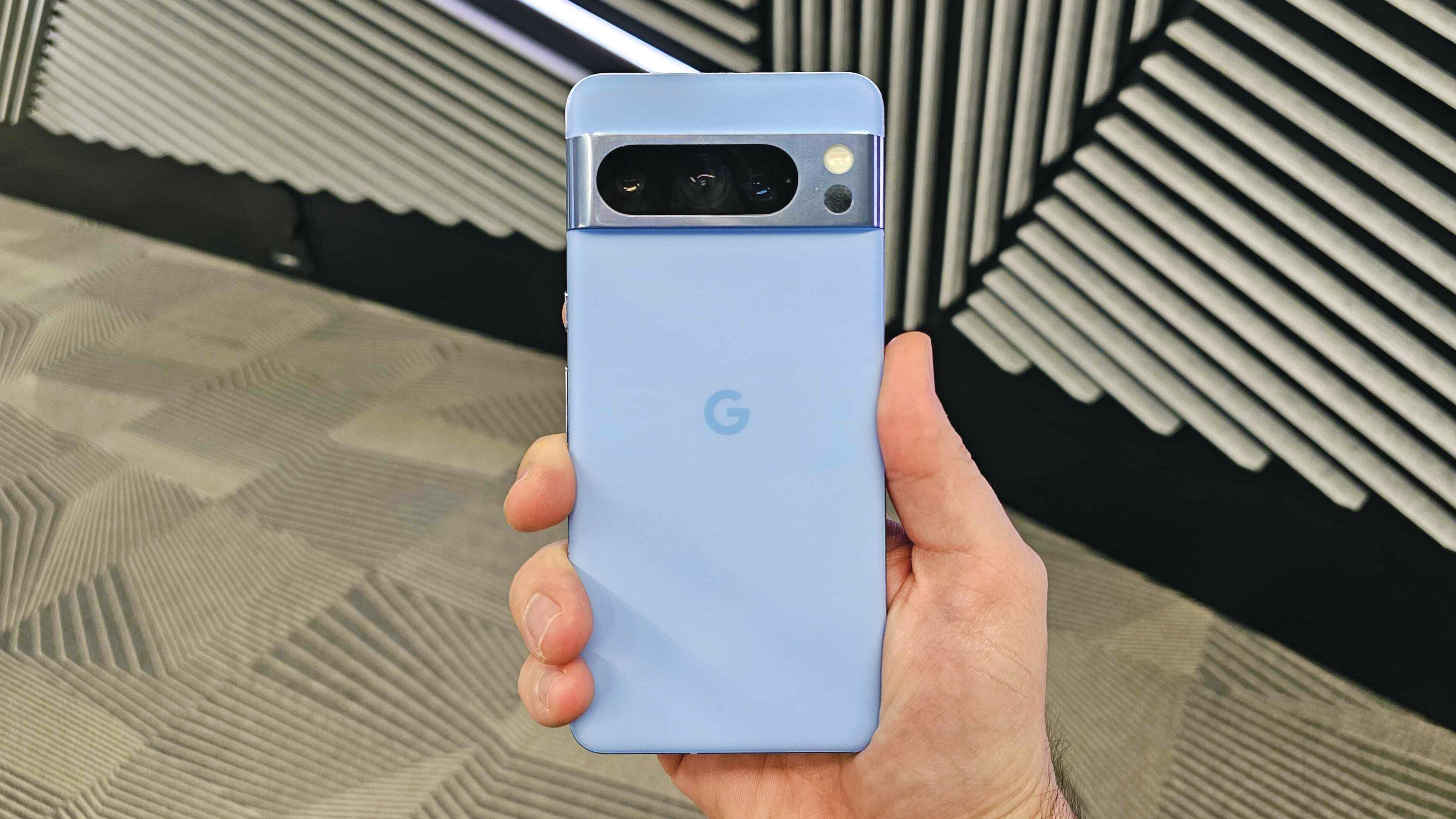
As we wait for Android 15 to roll out to even more Android phones, we think the details we've heard so far are pretty encouraging. After all, there's a lot to like about Android 15, even if the changes aren't show-stoppers. Stay tuned for our hands-on impressions of the first official public release.







